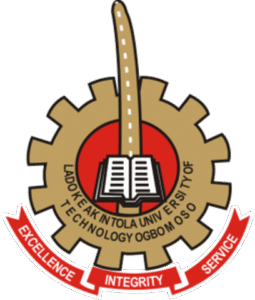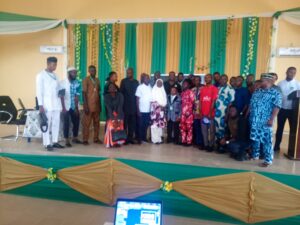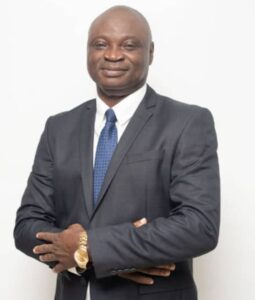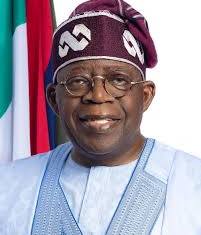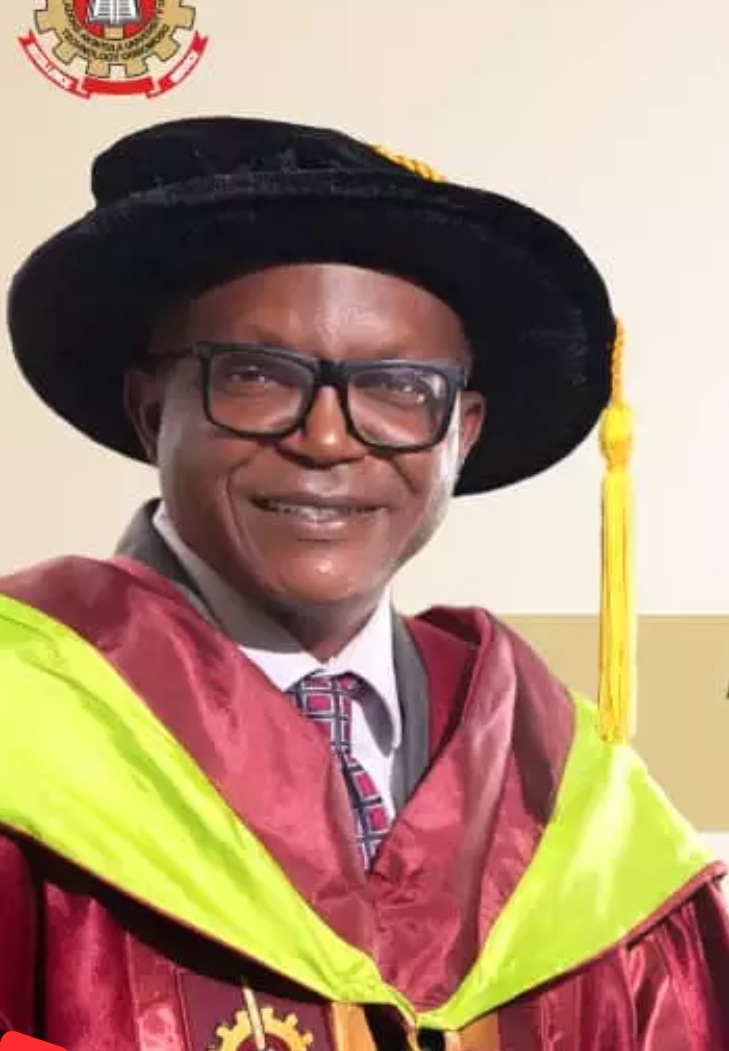
By Sunday Adepoju
Prof. Ajayi made the call while delivering the LAUTECH’s 67th inaugural lecture titled “Architecture and Construction Ergonomics’ Poor Cousin: The Neglected in the Physical Construction Services.”
He explained that architecture ergonomics focuses on creating spaces that are comfortable, safe and efficient for occupants, considering their physical and cognitive needs by applying the principles of human factor and athropometrics.
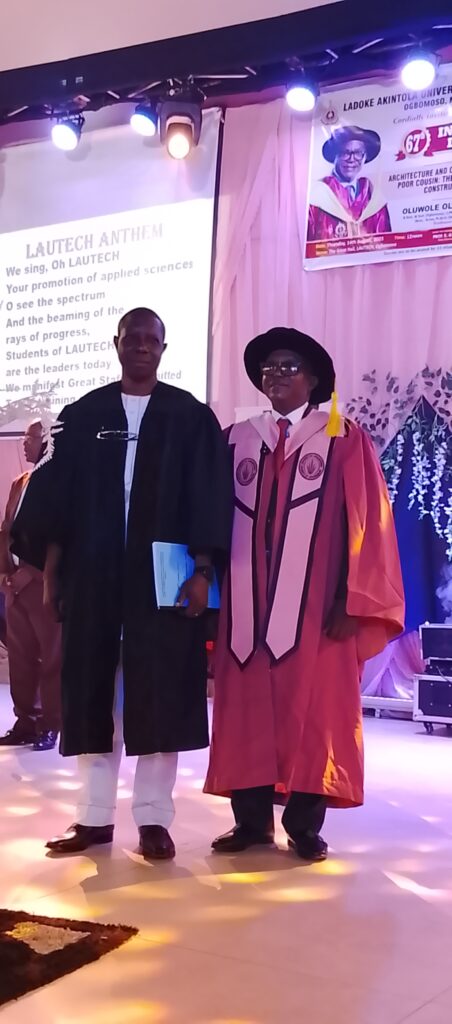
He explained furher that architecural and construction ergonomics relates to designing spaces for creating work environment and tasks that are well suited to human capabilities to minimise strain, reduce injuries and improve productivity.
The Erin Ijesa-born astute scholar and professional architect lamented that inadequate attention to the health and safety of construction workers have resulted in death and disability of many construction workers, even, after performing construction activities.
He pointed out that ergonomics plays a vital role in achieving several Sistainabke Development Goals (SDGs).
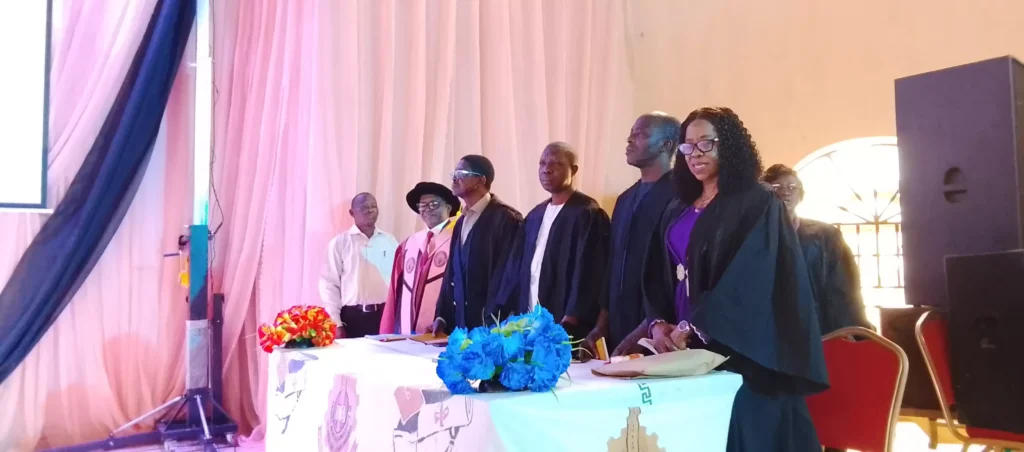
“Ergonomics plays a vital role in achieving Sustainable Development Goals (SDGs), particularly those related to health, safety, and sustainable work practices: (SDG 3 – good health amd wellbeing; SDG – decent work and economic growth; SDG 9 – industry, innovation and infrastructure; SDG 11 – sustainable cities and communities; SDG 12 – responsible construction and production.
“Therefore, efforts should be directed towards a more ergonomic and safe work environment for construction workers,” Ajayi stated.
“Architecture is not only about aesthetics and structures,” he noted, “but also about the wellbeing and safety of the people who construct and use these buildings. Ignoring ergonomics amounts to sidelining a vital aspect of sustainable development.”
“Workers’ safety must be addressed in designing and this involves the architectural design and the ergonomics must be addressed and implemented in the construction site operations about their risks and tasks as well as safety precautions.

At the event which was chaired by the Vice Chancellor of the institution, Professor Rasaq Olatunde ROM Kalilu, Prof. Ajayi called for deliberate policies and professional practices that integrate ergonomics into every stage of construction service delivery in Nigeria, stressing that such inclusion would enhance efficiency, reduce health risks, and improve the quality of physical development.
He called on governments, at all levels, to promote ergonomic principles in construction workplace, saying “Construction envoronment and site operation should be well protected so that people will understand the workplace system as related to the wellness of human beings that work within the sector.
“Government should implement a very workable policy that can stand holistically and protect the ergonomics in construction work place. All stakeholders that are involved (architects amd engineers) should uphold designing for health and safety. This will reduce injuries, enhance productivity and overall performance within the construction site operations.”
Ajayi also stressed that construction workers should have a say on their own safety, saying “This is by looking at the scope of their work which should include the philosophy of their safety and which will be implemented so that they will get themselves prepared for the works and tasks within the construction operations. With this, a safer workplace in construction will be achieved.”
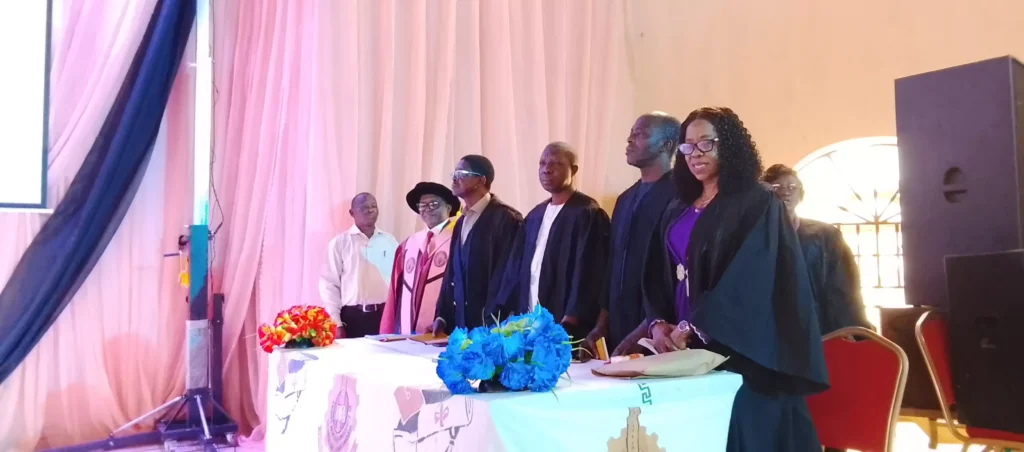
While charging the researchers, he stated, “Ergonomic researchers should stress the importance of ergonomics in the construction sector and establish its relationship with the negative impact on the workers’ health. Without this, it will continue to be an issue and will not help to sustain the industry.

“The work system and work place should be studied so that they will be able to create a balance between the requirements of the work and the capacity of the workers. This can be achieved by the design of the specific work or by developing the capacity of the humans as the resource persons.
Also at the inaugural lecture were principal officers of the university, provosts, deans, heads of departments, staff, students, and other guests, friends and relatives of the inaugural lecturer.


